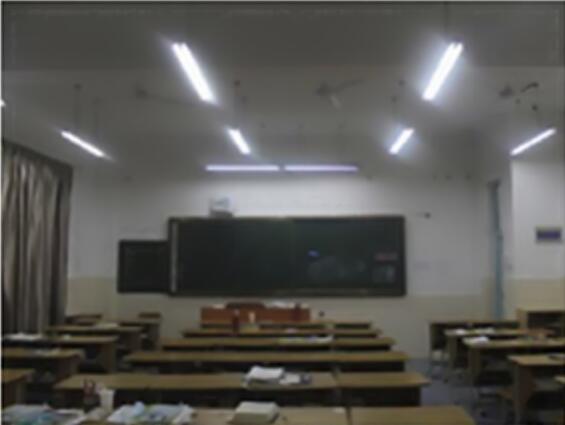
However, in recent years, the problem of myopia is becoming more and more serious. In addition to the use of electronic products, the classroom lighting that students stay in for a long time is also one of the reasons for the deterioration of vision. The quality of classroom lighting affects students' learning efficiency and students' eyesight.
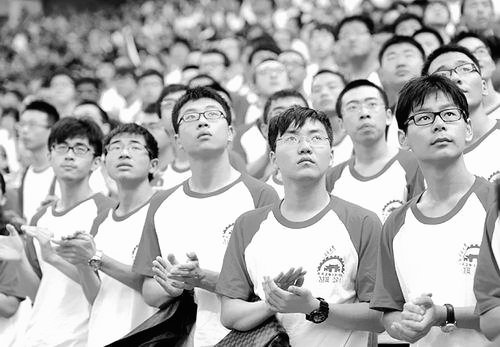
What are the problems with traditional classroom lighting:
1. Glare
The main reason for glare is the angle between the position of the light source and the viewing angle. High-brightness light sources, the brightness light generated by reflection or strong brightness contrast, will cause glare. Glare is one of the important causes of visual fatigue and distraction.
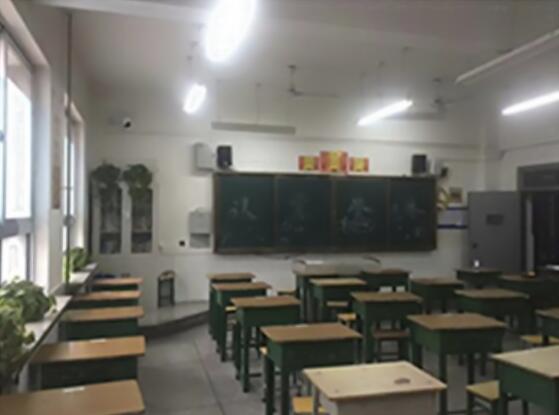
2. Serious stroboscopic:
Stroboscopic means that the brightness of the light flashes at a fixed frequency. In order to adapt to the frequency change of the lamp, the human eye will continuously adjust itself. After a period of time, the human eye will feel extremely tired. The pupil sphincter contracts and expands with the light and dark changes of the strobe, causing fatigue of the eye muscles and causing symptoms such as eye soreness and pain. This also causes distraction of students and reduces the efficiency of learning.
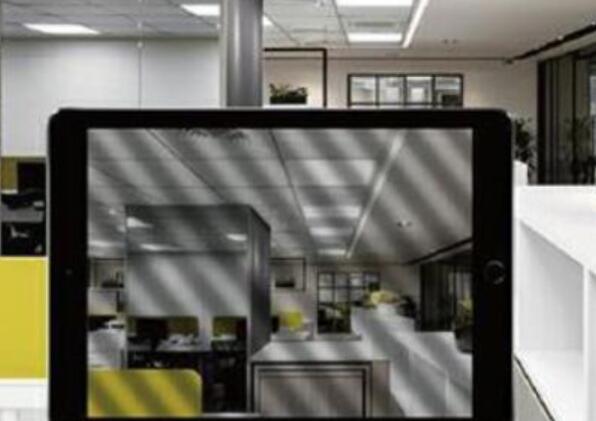
3. Harmful blue light
Blue light is a high-energy visible light, among which short-wave blue light has relatively high energy. Blue light in this wavelength will increase the amount of toxins in the macular area of ??the eye and seriously threaten our eye fundus health. Due to the short wavelength of blue light, the focus point does not fall on the center of the retina, but a little bit forward from the retina. To see clearly, the eyeballs will be in a state of tension for a long time, causing visual fatigue. Long-term visual fatigue may lead to problems such as deepening of myopia, double vision, easy reading and inability to concentrate, etc.
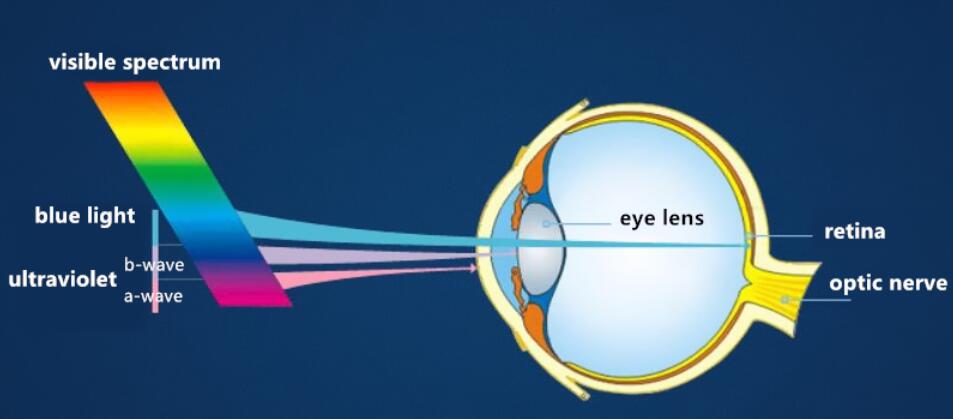
4. Low color rendering index
The color rendering ability of a light source to an object is called color rendering. The color rendering index of the light source is low, and the spectrum of ordinary fluorescent lamps is incomplete, which will cause visual color distortion. Too low color rendering index affects students’ eyes to recognize the color of the object, making the object unable to Shows its true color. If this situation continues, it is very easy to cause serious vision problems and eye diseases such as color blindness and color weakness.
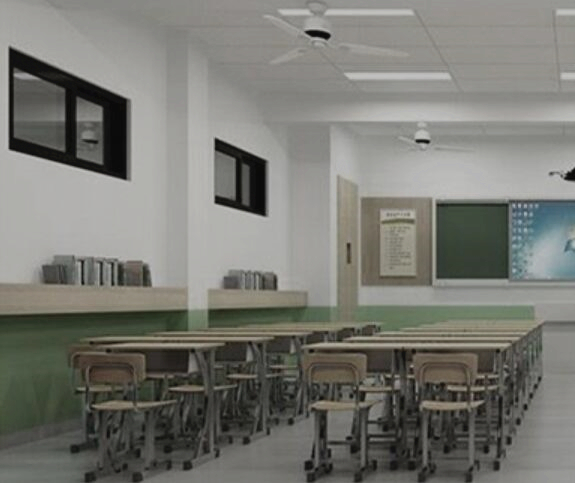
5. High color temperature
The color temperature of traditional classroom lights is too high, and the light color is too white, which can easily lead to excitement and fatigue of students. Studying in this environment for a long time can easily arouse people's excitement, but people's excitement period is very short. Once the excitement period has passed, the human body is prone to fatigue, resulting in decreased concentration and reduced learning efficiency.
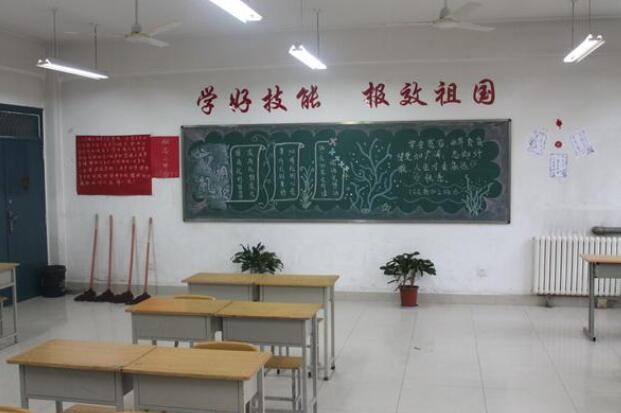
6. Insufficient illumination and unqualified uniformity
The traditional classroom lights are of poor quality, the illumination on the desktop is not enough, the pupils of the eyes will be opened to the largest, and in order to take in enough light, the students' heads will be lowered unconsciously, and the distance between the eyes and the books will be too close. Can cause myopia.
